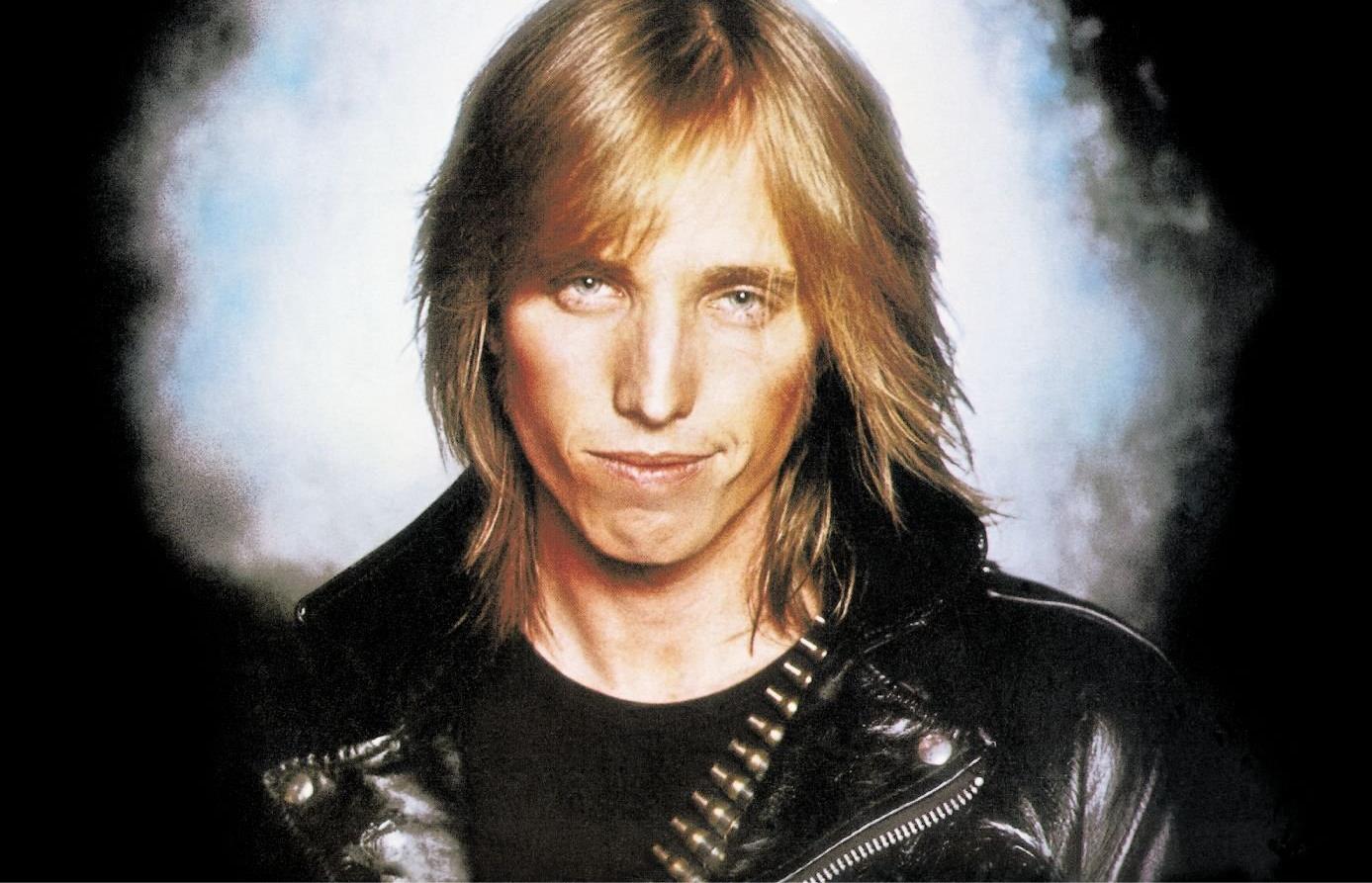Tom Petty, who rose to fame on a slow-burning star of Southern cool and worldly sophistication, has passed away in Los Angeles, one week after playing his last-ever show with the Heartbreakers at the Hollywood Bowl. He was sixty-six.
Petty’s age was key to his appeal. Like Bruce Springsteen, he was one of the first generation to come of age with rock and roll. He was one step removed from its genesis, but close enough to feel the full impact of its arrival. And while the promise of rebellion and the ability to escape from his Gainesville, Florida, upbringing must have had its revolutionary appeal, Petty—more than arguably any other musician of his generation—seemed to understand the preternatural coolness of rock and roll at a cellular level.
This understanding manifested itself in his music. Petty’s songs are rarely hurried, and they never seem like they’re trying to spin up into anything beyond themselves. Even at his nerviest—“Breakdown,” say—he seems to be observing his scenes from a quiet and slightly bemused distance, his riffs fading into a kind of simmering orange glow. It’s what made his appearance at Super Bowl XLII such a delightfully incongruous affair.
It’s also what made him a successful video artist. His high-concept clips for “Mary Jane’s Last Dance” and especially “Don’t Come Around Here No More” are coy reminders of his appeal.
According to CBS, Petty went into total cardiac arrest late on Sunday night and was rushed to UCLA Santa Monica Hospital, where he was put on life support. He’s survived by two daughters—Adria and AnnaKim—and Dana York, his wife of sixteen years.







